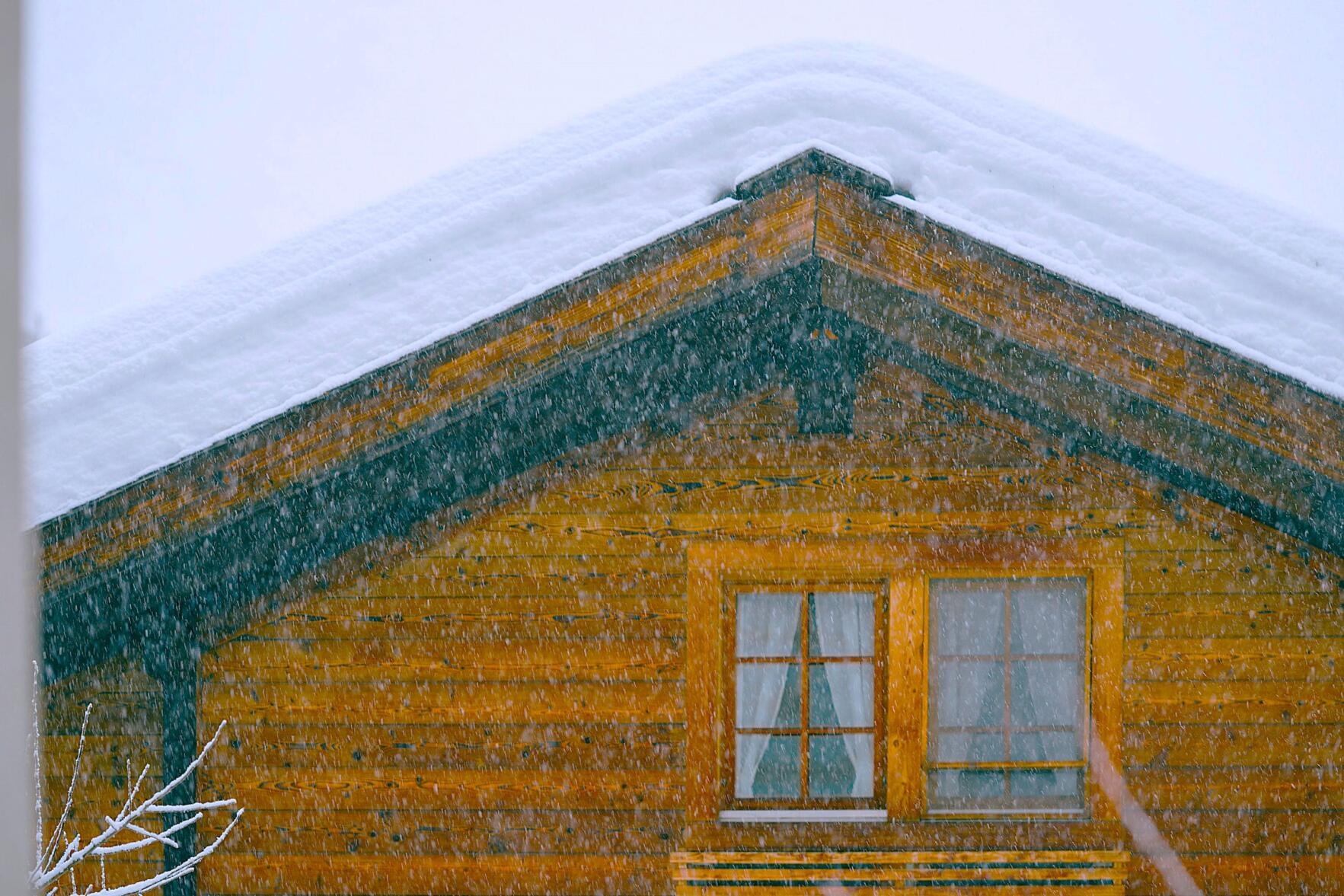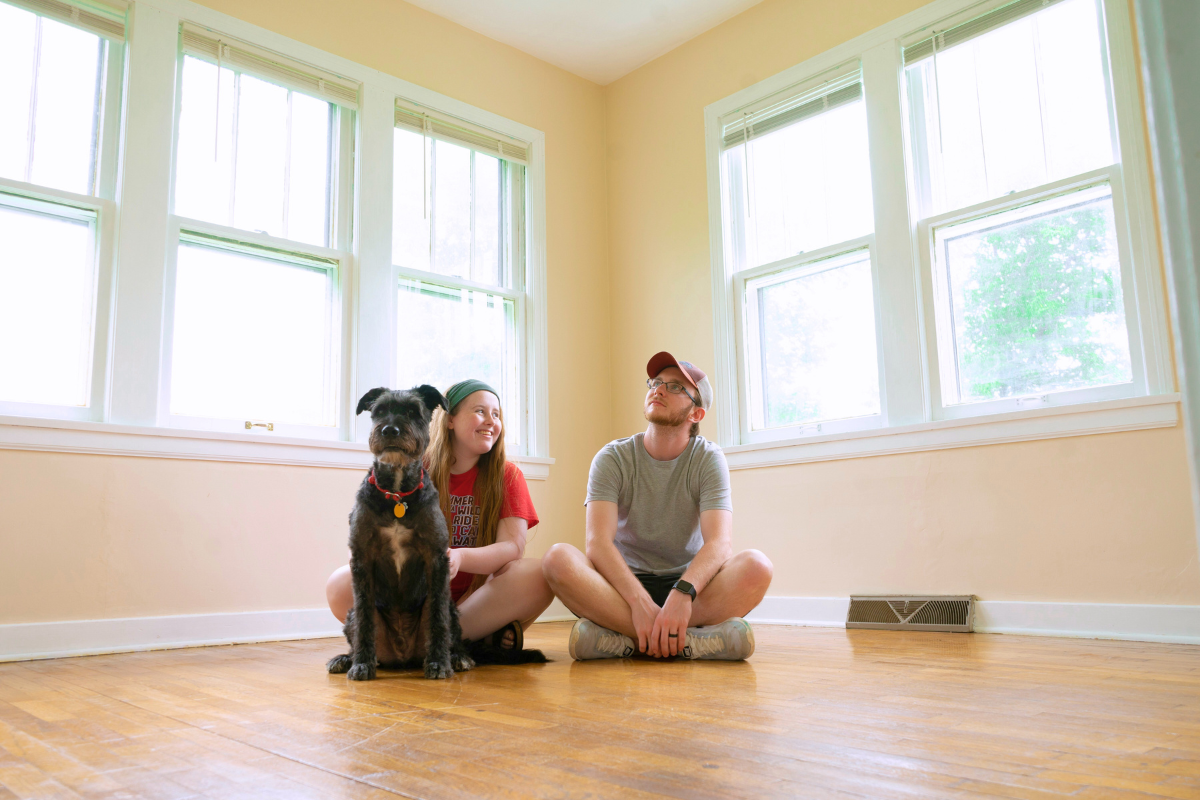Here in Michigan, we are well aware that with snowfall comes some hazardous situations. It’s essential to be aware of the potential risks associated with heavy snow accumulation for your roof in particular. All roofs have what is known as a snow load. According to this Nationwide article, “Snow load is the downward force on a building’s roof exerted by accumulated snow and ice.” It’s vital to keep an eye on the snow that accumulates on your roof to avoid a total collapse. Let’s explore what snow load is, the warning signs of overload, and preventative measures you can take this season!
All About Snow Loads
As mentioned previously, snow load is the weight that snow and ice add to your roof. Snow load mandates vary from state to state. You can look here to see Michigan’s snow loads by jurisdiction. To calculate your home’s snow load, you can use a snow calculator like this one by inputting measurements of your roof. HomeServe.com notes that most residential roofs can hold a maximum of 30lbs of snow per square foot. They also explained a simple way to figure out the snow load yourself, “To calculate how many inches of snow your roof can handle, multiply the depth of the snow in feet by the weight of a cubic foot of snow.”
The Warning Signs
Like other water-related damage, you can usually see similar signs of snow load damage within your home. If your ceiling begins to warp or develop water stains, that always means there is an underlying problem. Another thing to listen for is any strange creaking sounds coming from your roof. This could indicate that the pressure of snow and ice is so severe that the weight is taking a toll on the structure of your roof. If you notice ice dams forming at the edge of your roof, this is also a sign that your roof may be in critical condition.
Removing Excess Snow to Prevent Overload
Unresolved snow load issues could lead to extra stress during the coldest season of the year. Luckily, there is a way to prevent snow overload! One of the best ways to remove excess snow from your roof is with a snow rake. This tool allows you to remove snow without having to physically get on top of the roof. If you use this method, be sure to leave about 2 inches of snow on the roof to keep from accidentally damaging your shingles. Also, put enough distance between yourself and the falling snow to prevent any injuries. While using a snow rake can easily be done by homeowners, we strongly recommend reaching out to a licensed and experienced roofing professional for assistance.
Snow and other elements winter weather brings can be a hassle at times. Be sure to brush up on your winter home maintenance knowledge and know the facts to keep your home and loved ones safe this season. If you suspect that snow and ice may be overloading your roof, give us a call or fill out this form as soon as possible. We’d be happy to help resolve any roofing problems for you!
Sources:
https://basc.pnnl.gov/resource-guides/managing-snow-loads-roofs-and-decks
https://www.homeserve.com/en-us/blog/home-improvement/roof-snow-load/












